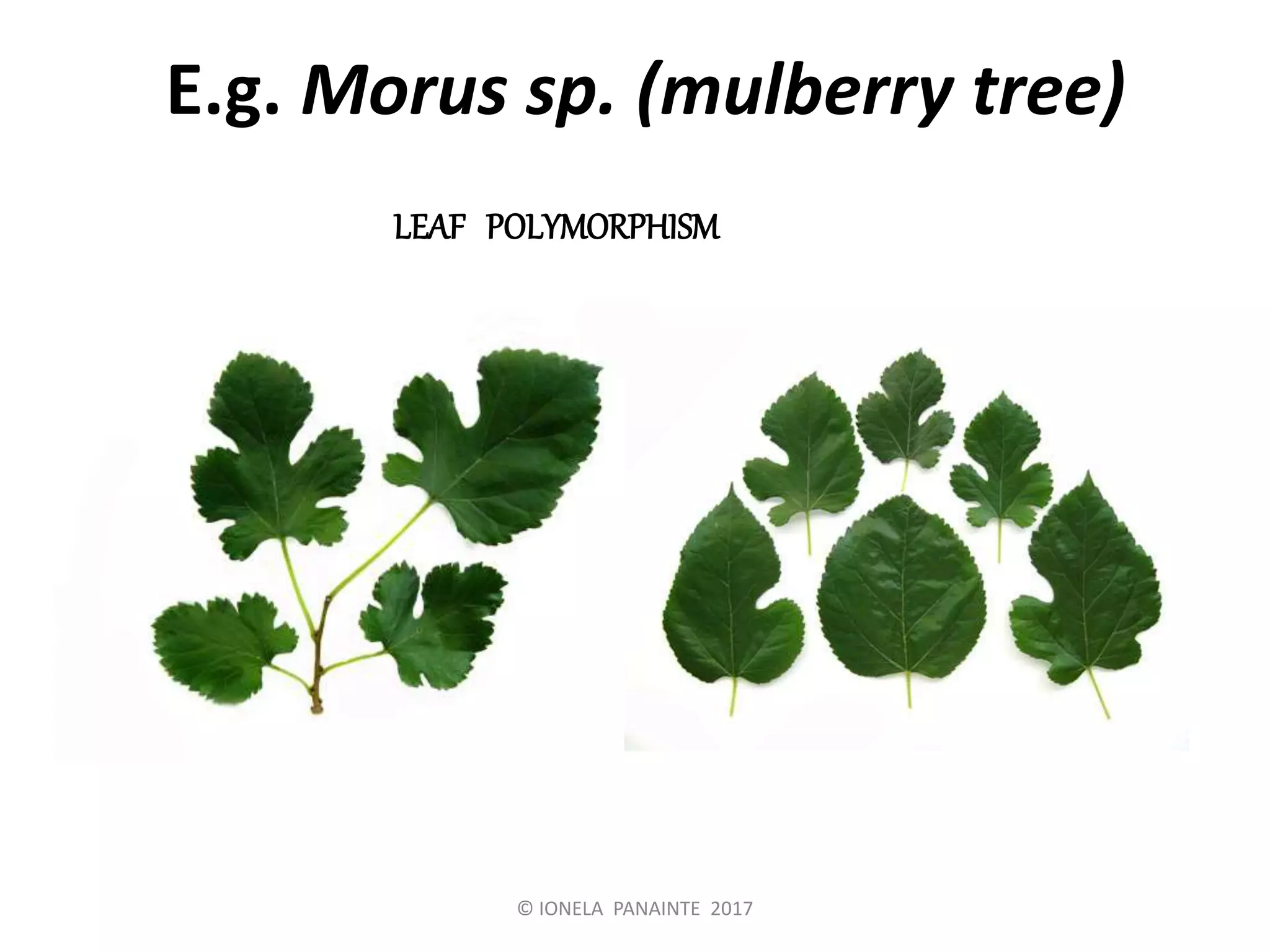This document provides guidance on identifying plants through a step-by-step process. It begins with basic information on biodiversity and why plant identification is important. The core of identification is recognizing distinguishing characteristics between species. Keys are then introduced as tools that ask a series of questions to lead to a plant's name. Guidelines are offered for properly using keys and making careful observations of specimens. Experience is emphasized as the most useful trait for improving identification skills over time.






































